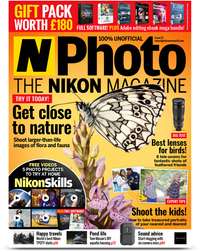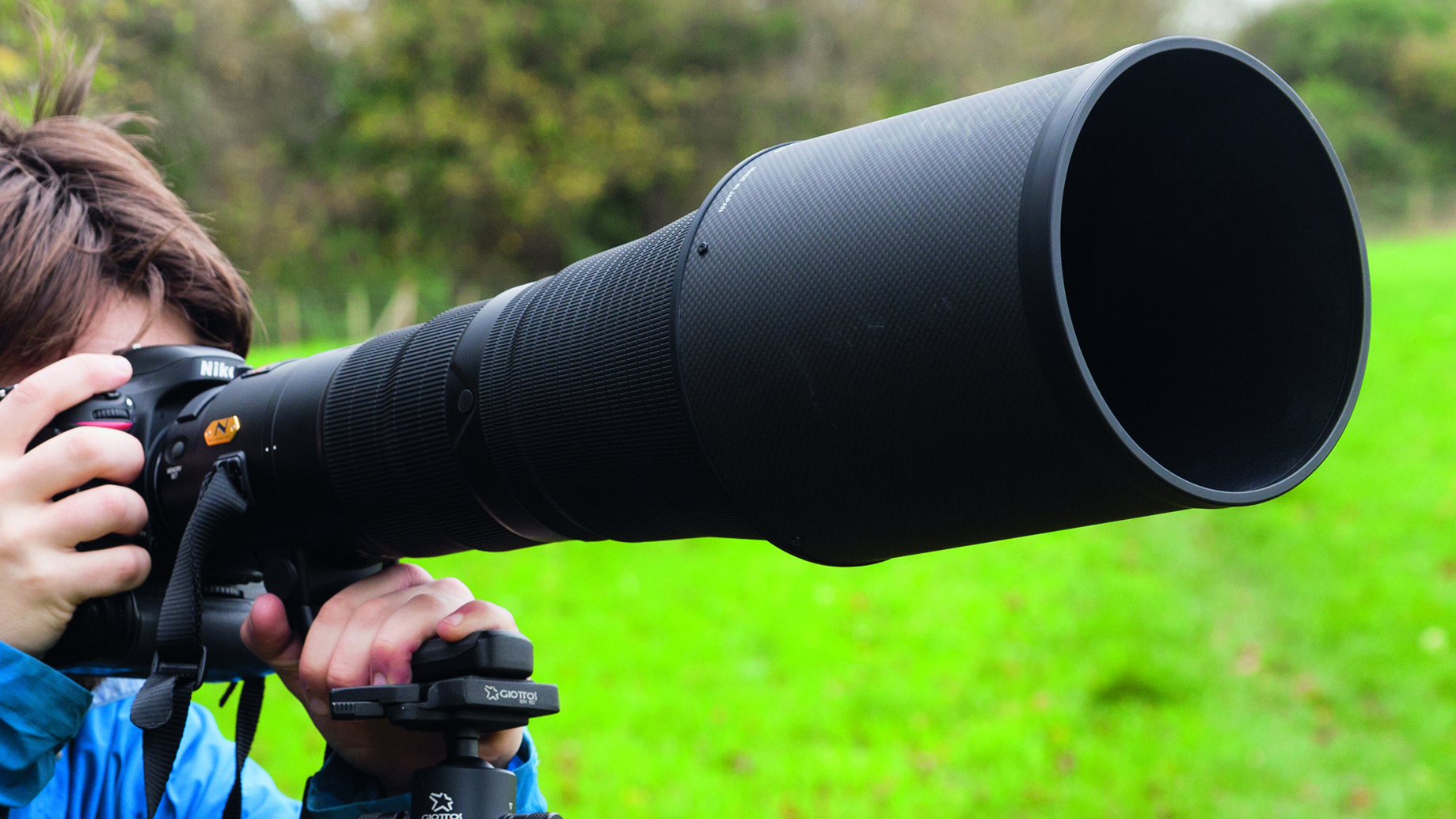How to shoot motorsports with a monopod: get sharper shots, and no arm-ache!
Is shooting motorsport photography handheld breaking your back? A monopod might be the answer
• Watch video: How to shoot motorsport photography with a monopod
Many motorsport photographers swear by shooting handheld, and there’s no denying it offers you greater freedom of movement. But racedays are long and often involve a good deal of walking – it’s no wonder hours of holding lenses can take its toll.
Motorsport shopping list
• The best monopod
• Best camera for sports
• The best telephoto lenses
• The best 150-600mm lenses
With a monopod, though, you can take away all that pain and fatigue. We visited the UK's Castle Combe Circuit with a Nikon D800 and Sigma Sports 150-600mm f/5-6.3 DG OS HSM. The lens’s excellent Optical Stabilizer meant hand-holding was a cinch, but a combined weight of over 3.5kg is a lot to hold during a long event.
This is where monopods come into their own. Some motorsport photographers do use monopods exclusively, and what you lose in freedom of movement you gain in stability. The Manfrotto XPRO we used retracts to just 56cm, making it easy to carry when not in use.
We took the image above with a shutter speed of 1/80 sec and although that’s still possible handheld, you might find your success rate is higher when using a monopod at slower shutter speeds. Prefocusing and shooting on corners could prove easier too, since the camera will move less. And by keeping the camera upright and in position between laps, you’re always ready for the next moment.
We’re not suggesting you shoot motorsport photography on a monopod exclusively. But if you’re keen on racing and using heavy kit, a monopod could prove a great addition to your kitbag.
How to shoot motorsport with a monopod
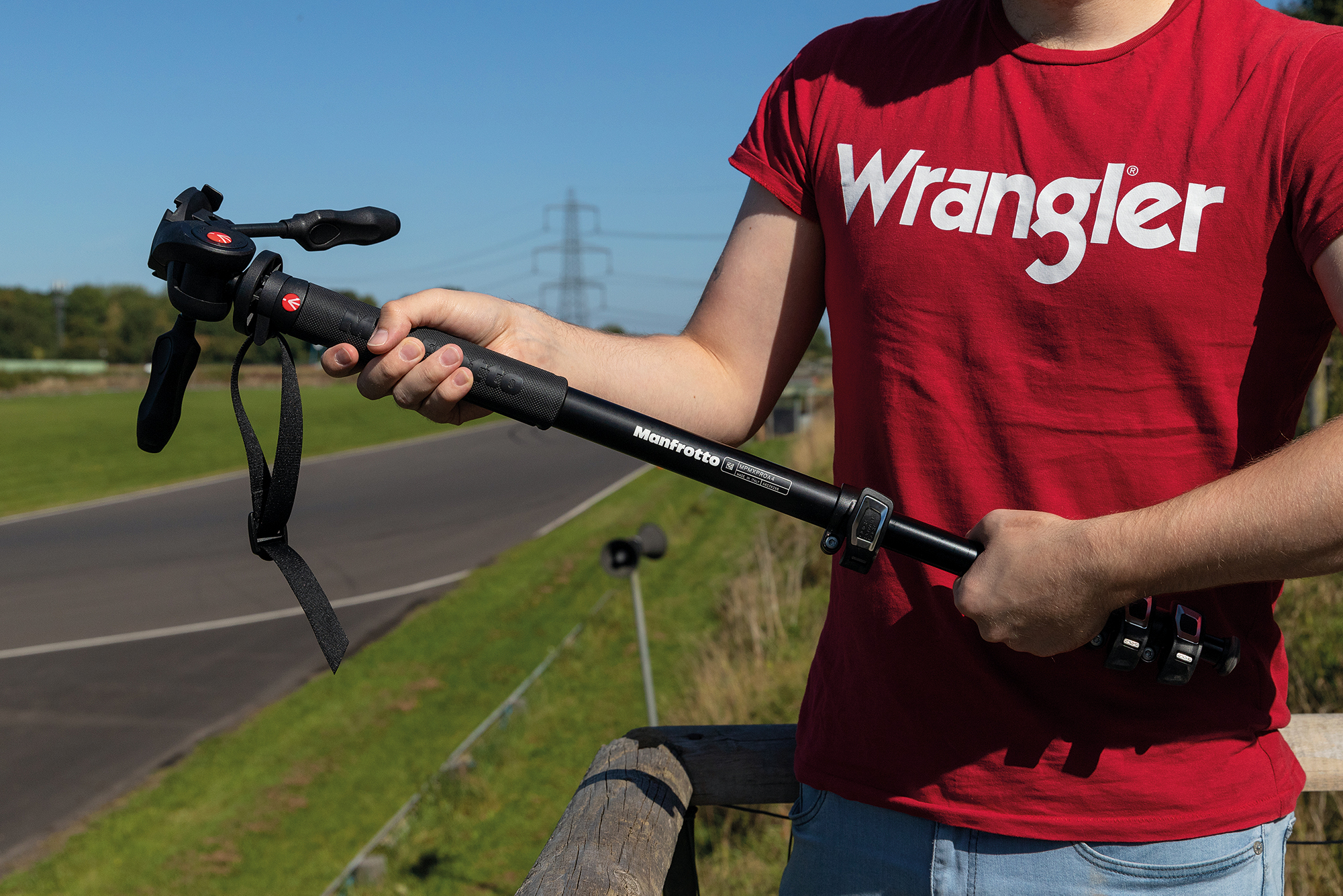
1. Set the height
Set the monopod’s height so that you’re able to stand comfortably while looking through the viewfinder. We used a Manfrotto XPRO monopod combined with a three-way photo head, which makes it slightly more bulky but has a handle for smoother, steadier movements.

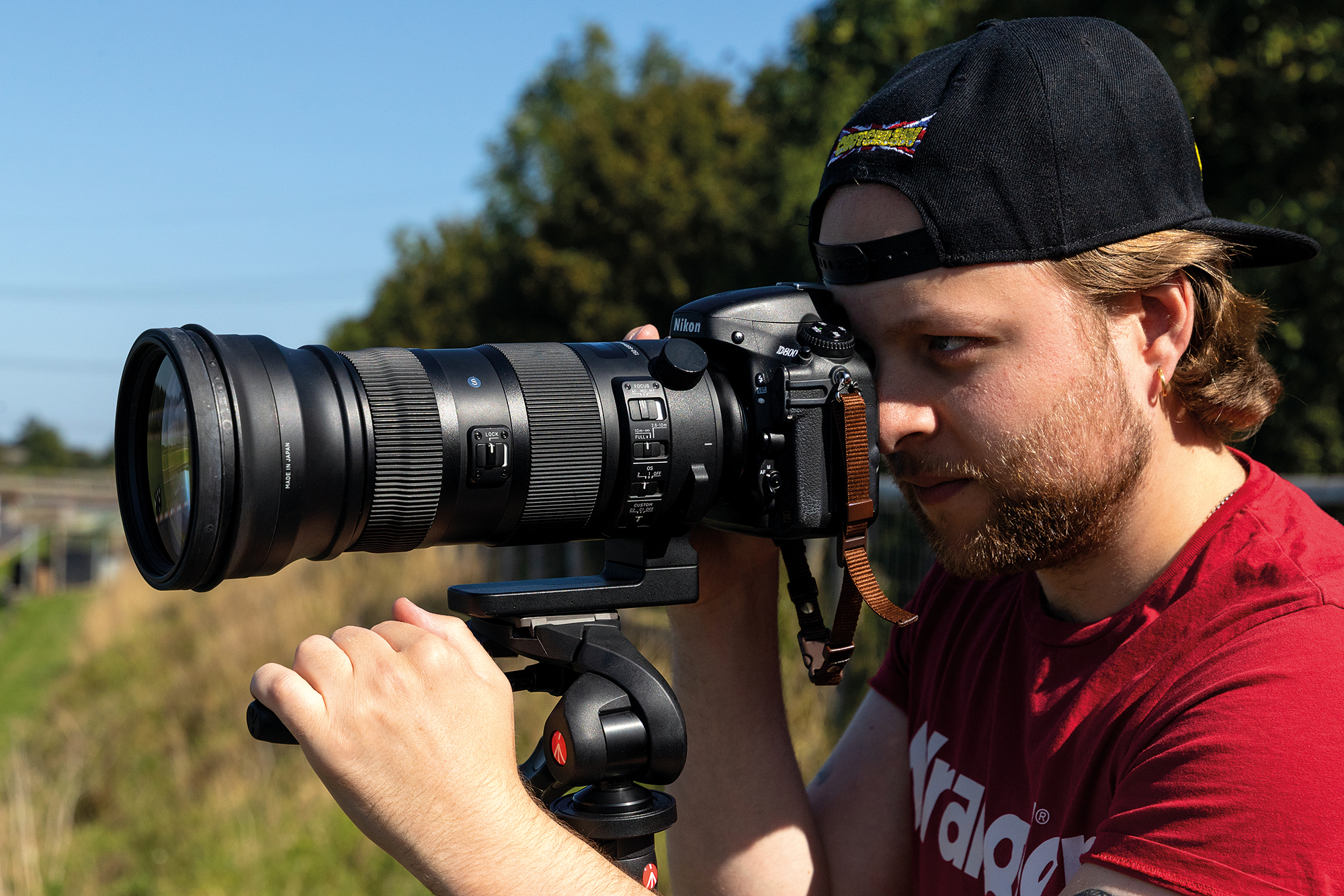
2. Mount up
If your lens has a collar and foot, use it. This will balance the centre of gravity and reduce strain on the lens mount. We mounted our camera backwards, so that the monopod head’s handles pointed away from the torso and wouldn’t get in the way. With the camera attached.

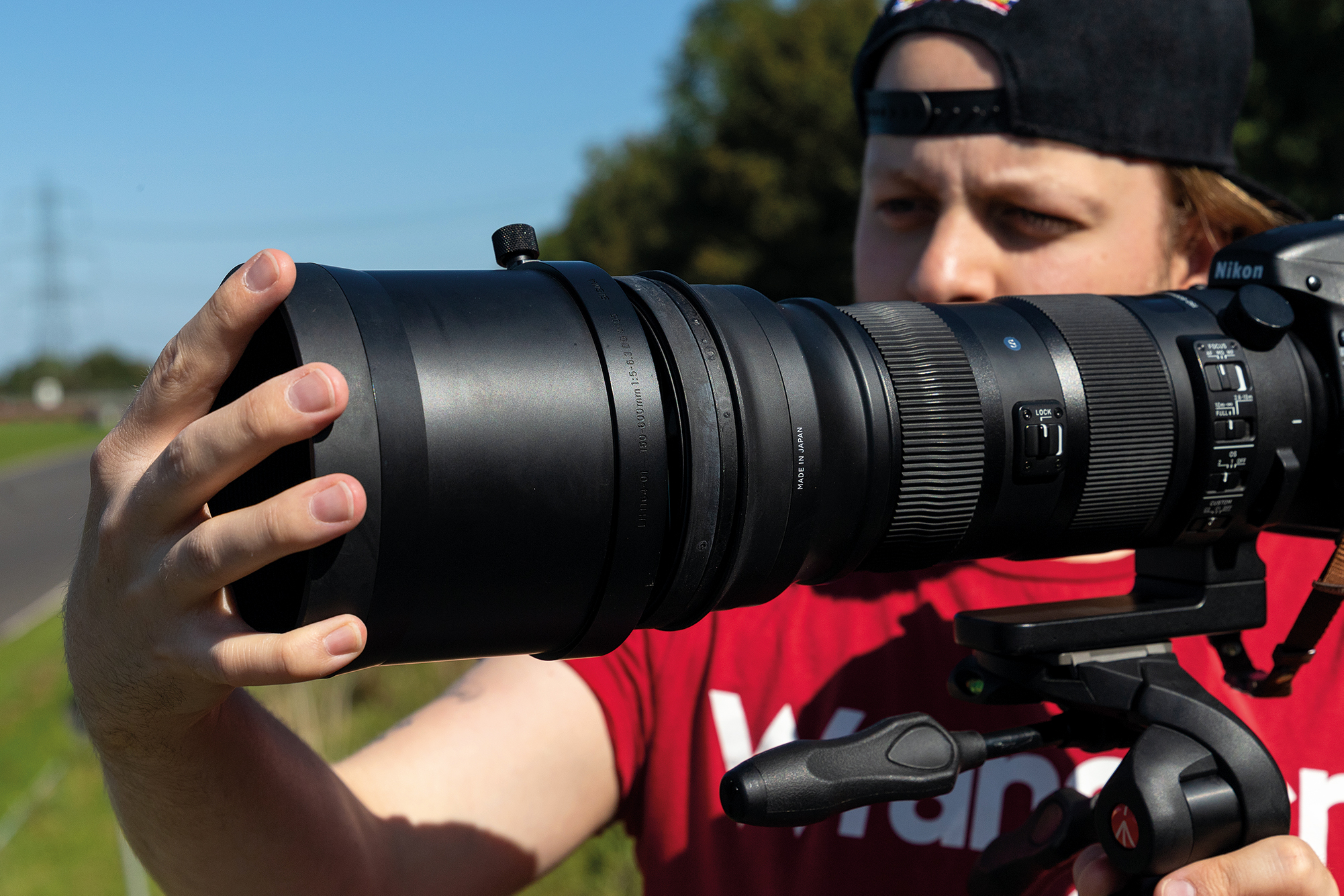
3. Fend off flare
Lens hoods help prevent flare and damage. You’ll encounter direct sunlight at most circuits, and lens hood will help with this and also offer some physical protection for the lens – it’s not uncommon to knock a piece of fence with your lens, for example. The lens hood on our Sigma 150-600mm is made from metal. You might decide to omit the extra weight of a lens hood when shooting handheld, but it’s barely noticeable when using a monopod.

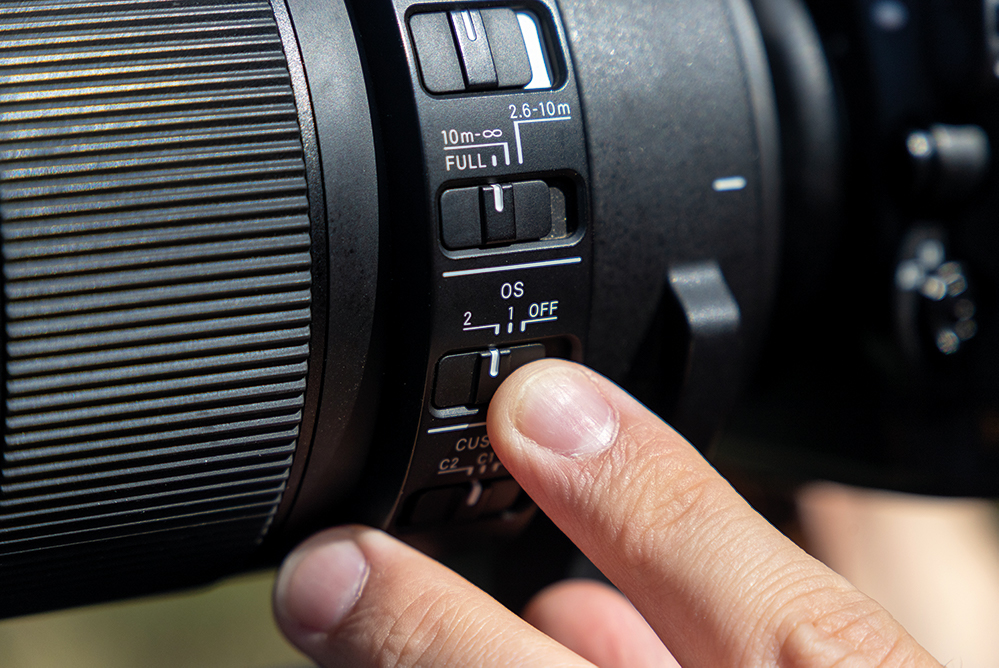
4. Image stabilization or not?
The rule of thumb is to turn optical stabilization off when using a tripod, but panning with a monopod still produces plenty of movement, so our advice is to turn it on. Our Sigma Sport features three stabilization settings: 1, 2 and Off. Mode 2 is designed specifically for panning, only countering movement on the vertical axis.

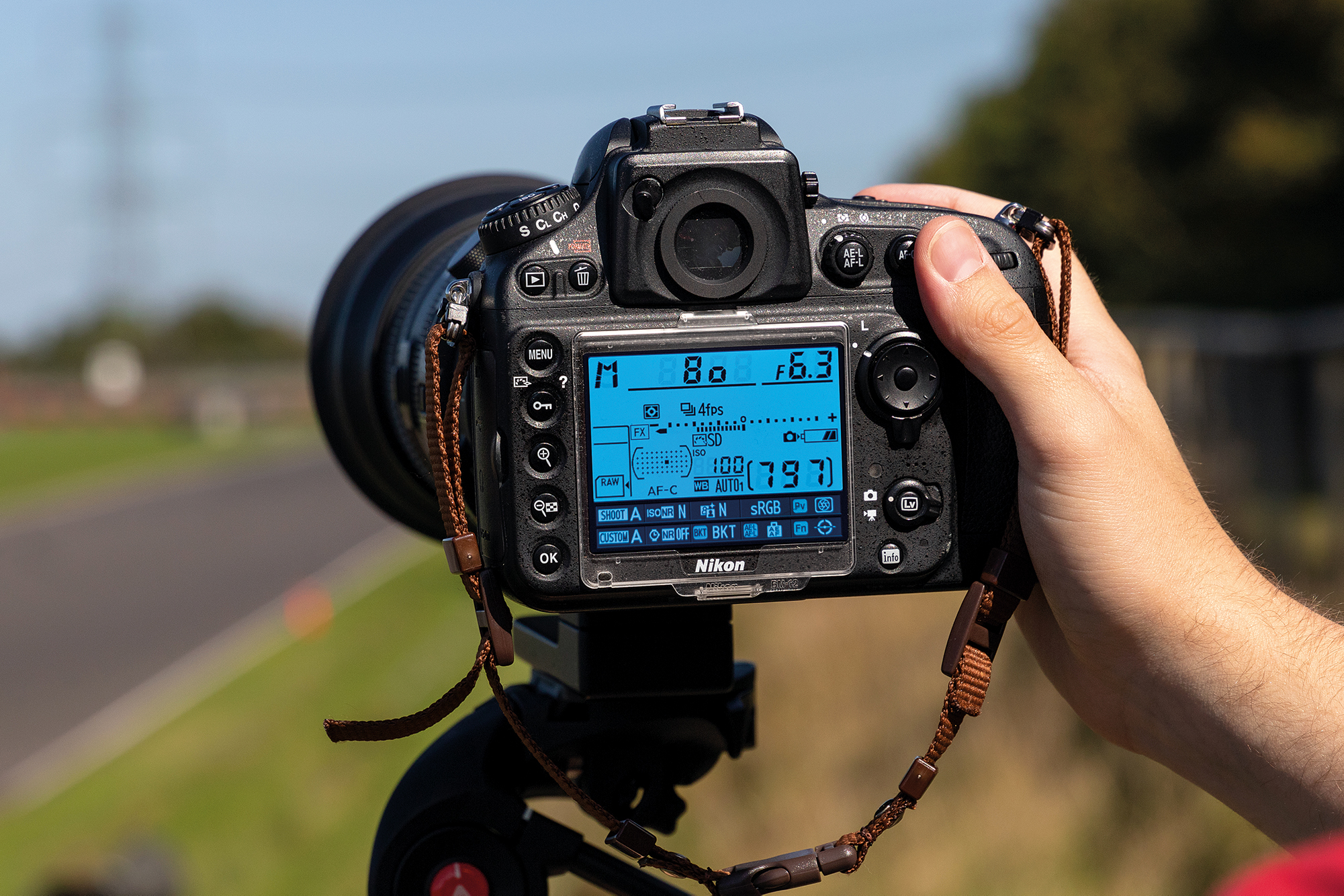
5. Slower shutter speeds?
Using a monopod doesn’t allow the same freedom of movement as shooting handheld. But the extra stability can make it easier to shoot at slower shutter speeds, especially if you’re struggling with tired arms. We shot in Manual mode, kept our aperture between f/4 and f/8, and altered the ISO to get the shutter speeds we wanted.

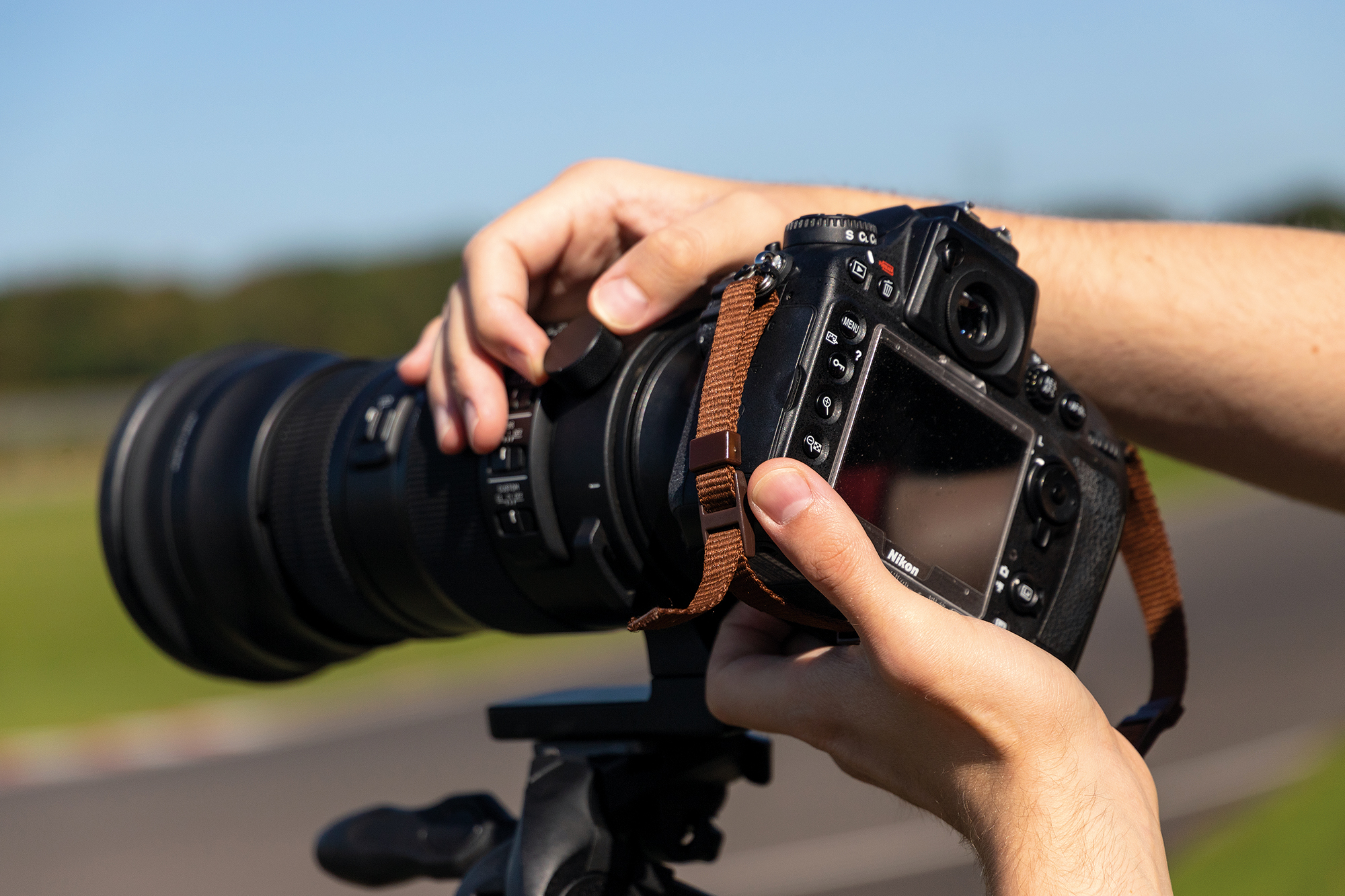
6. Twist and shoot
Use AF-C (continuous autofocus) to maintain focus on moving subjects and target the rider’s helmet (if shooting open-wheel racing or motorcycles) with Single Point AF. If your lens has a tripod collar and you want to slant your composition for a more dynamic image, simply loosen it just a little bit and twist the camera.
N-Photo: The Nikon Magazine is a monthly publication that's entirely dedicated to Nikon users. For the best news, reviews, projects and more, subscribe to N-Photo today!
Read more:
The best monopod
Best camera for sports
The best telephoto lenses
Get the Digital Camera World Newsletter
The best camera deals, reviews, product advice, and unmissable photography news, direct to your inbox!

Mike is Digital Camera World's How To Editor. He has over a decade of experience, writing for some of the biggest specialist publications including Digital Camera, Digital Photographer and PhotoPlus: The Canon Magazine. Prior to DCW, Mike was Deputy Editor of N-Photo: The Nikon Magazine and Production Editor at Wex Photo Video, where he sharpened his skills in both the stills and videography spheres. While he's an avid motorsport photographer, his skills extend to every genre of photography – making him one of Digital Camera World's top tutors for techniques on cameras, lenses, tripods, filters and other imaging equipment – as well as sharing his expertise on shooting everything from portraits and landscapes to abstracts and architecture to wildlife and, yes, fast things going around race tracks...
